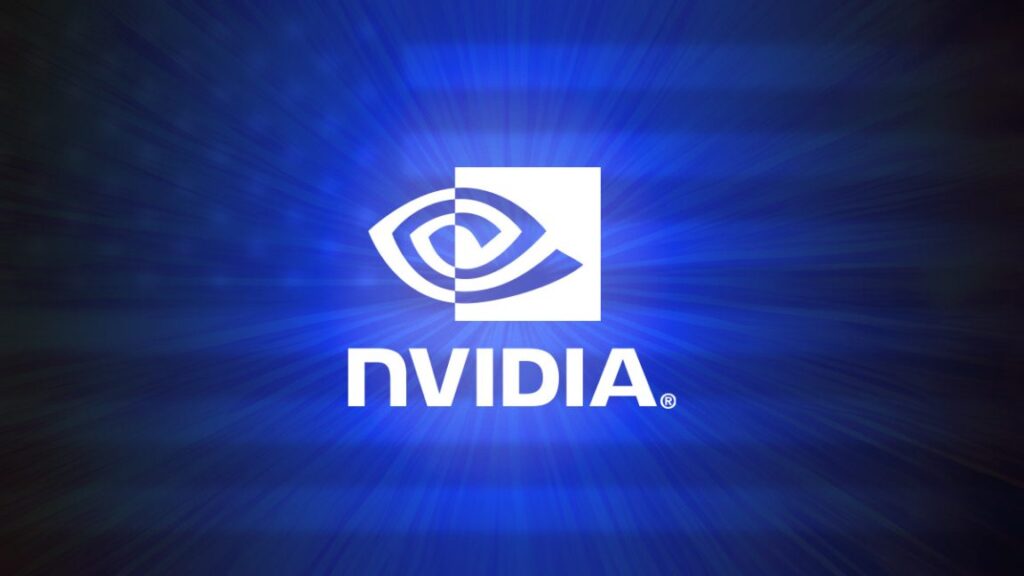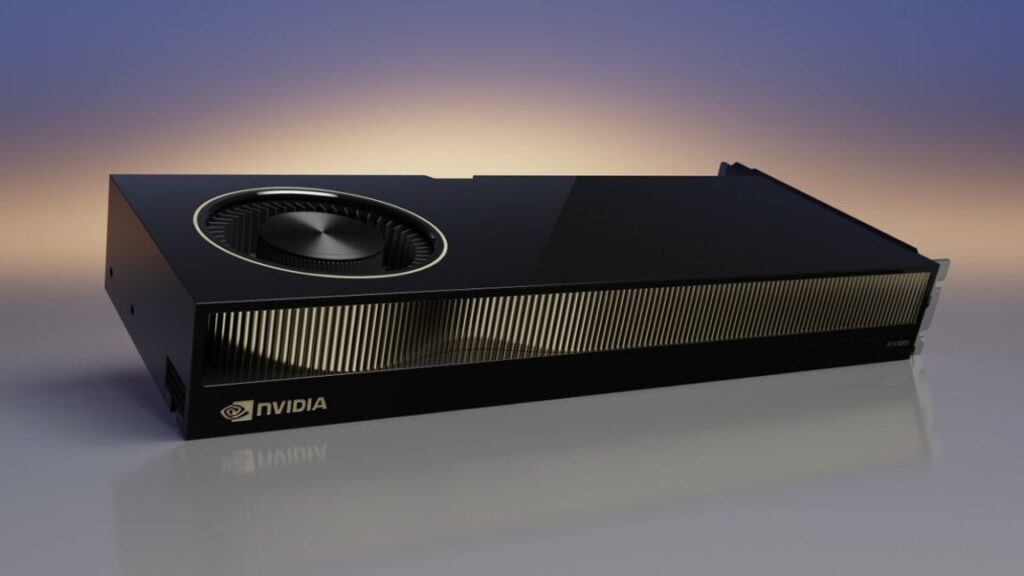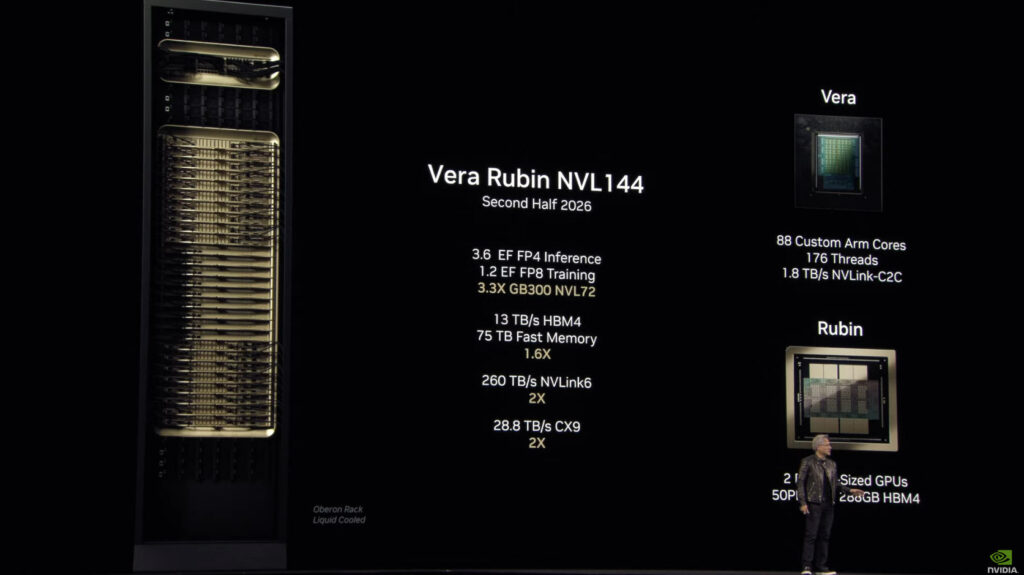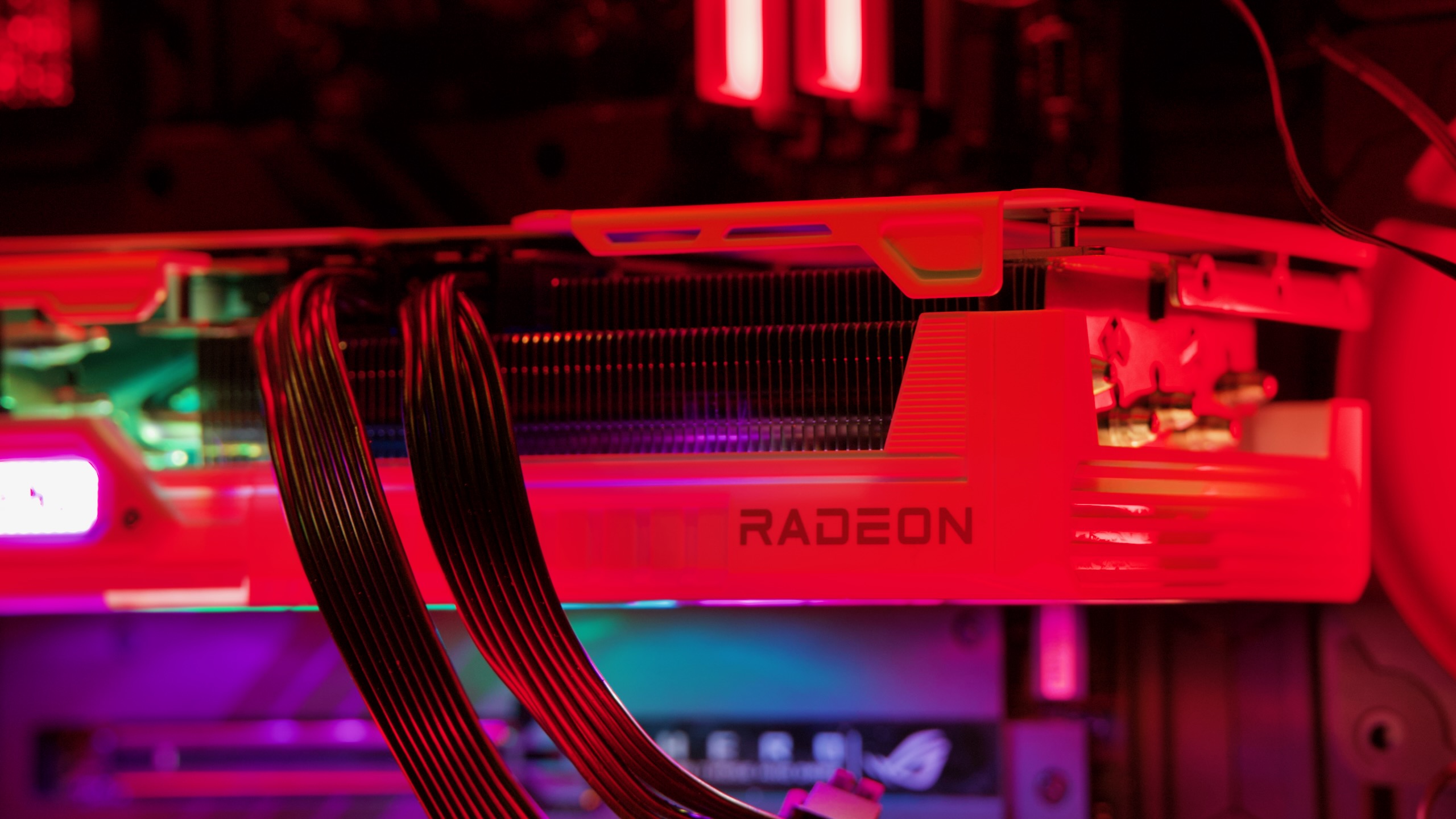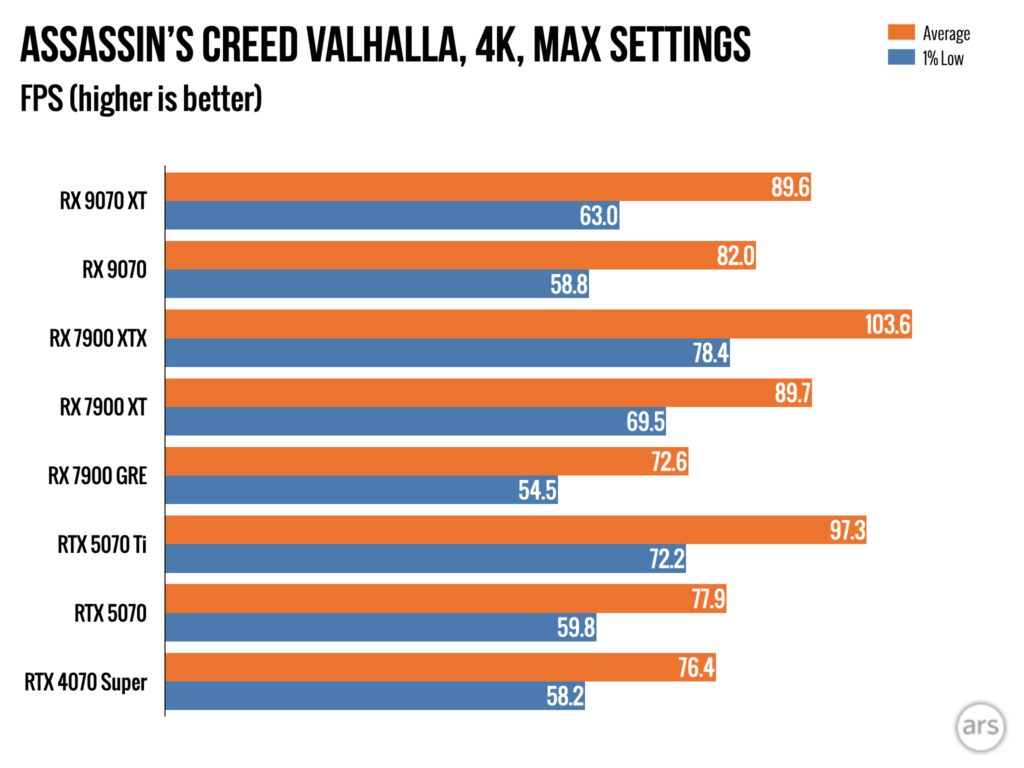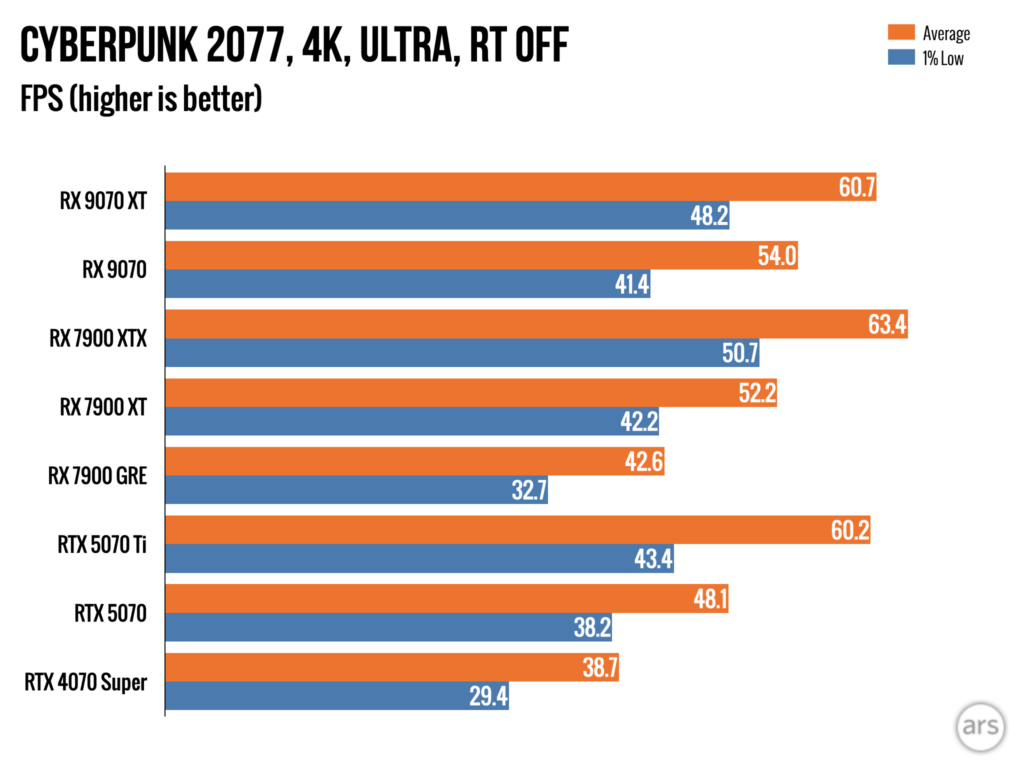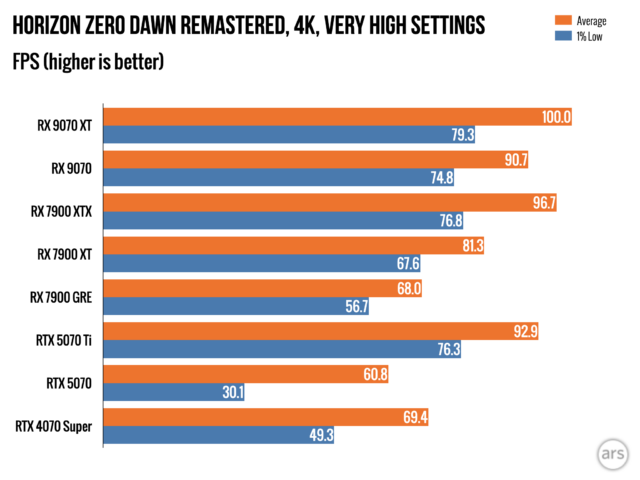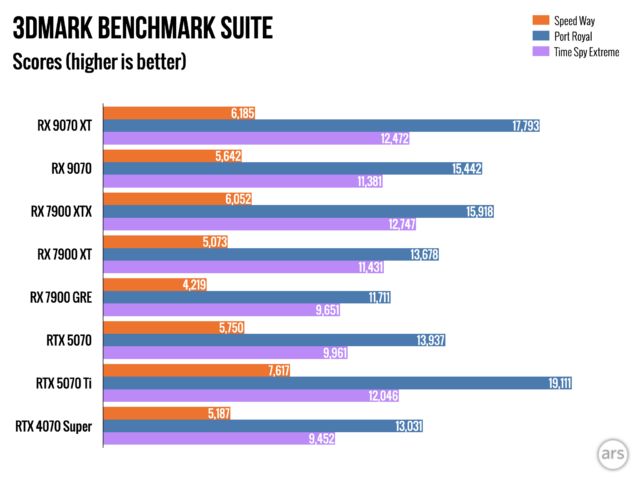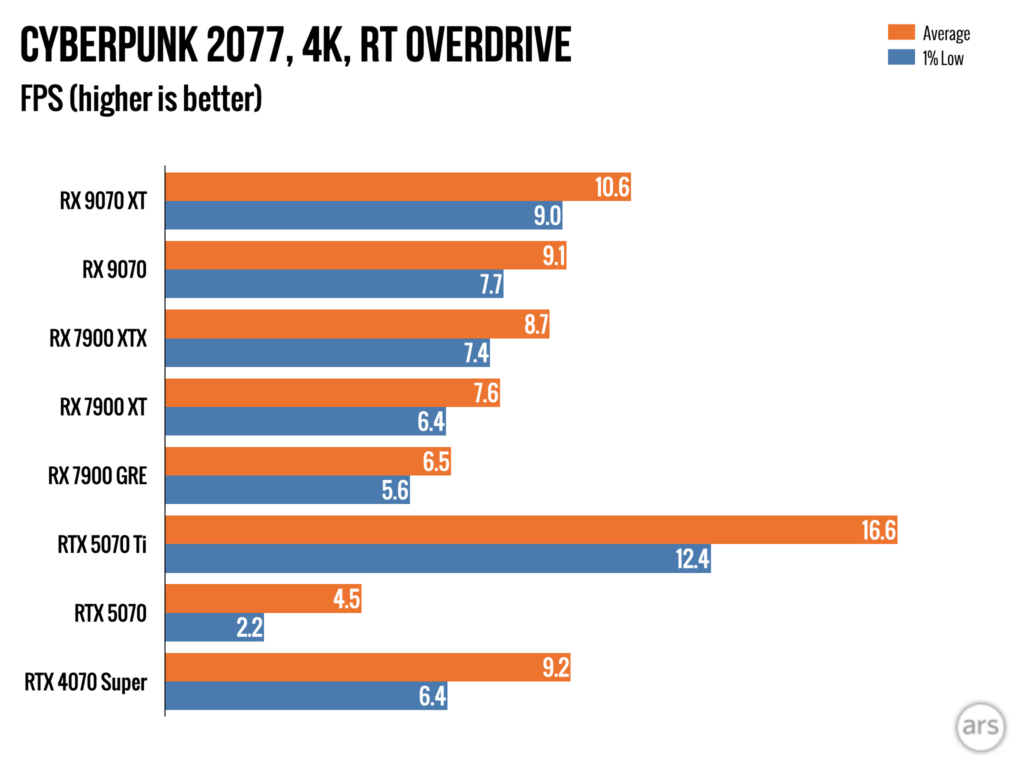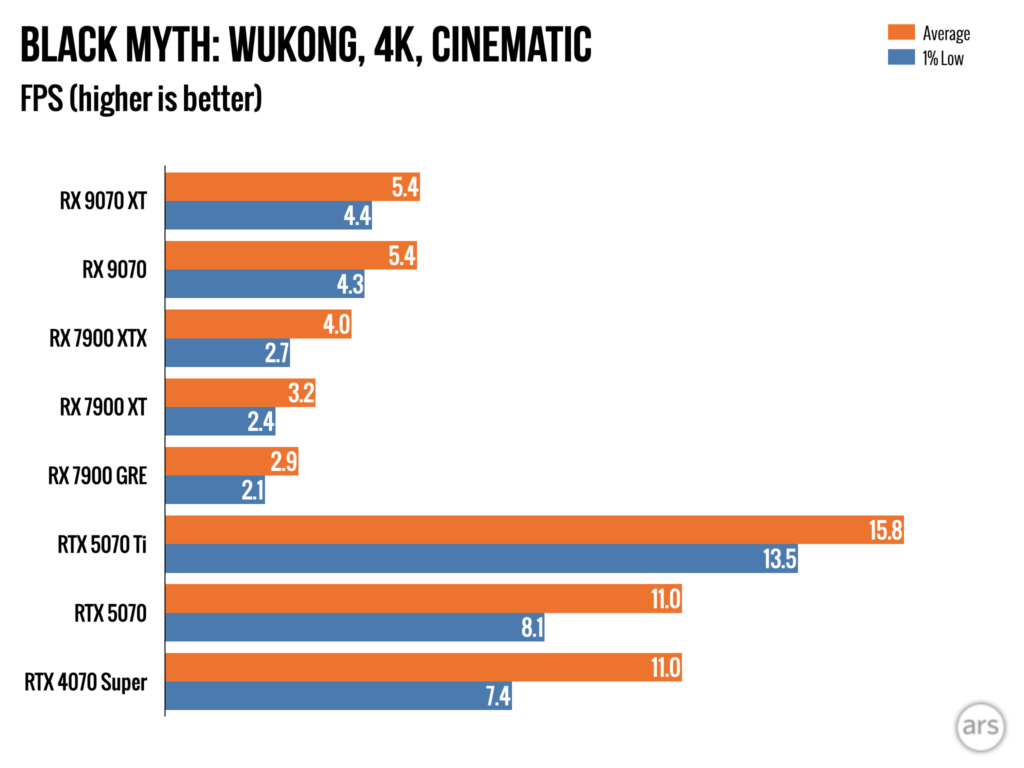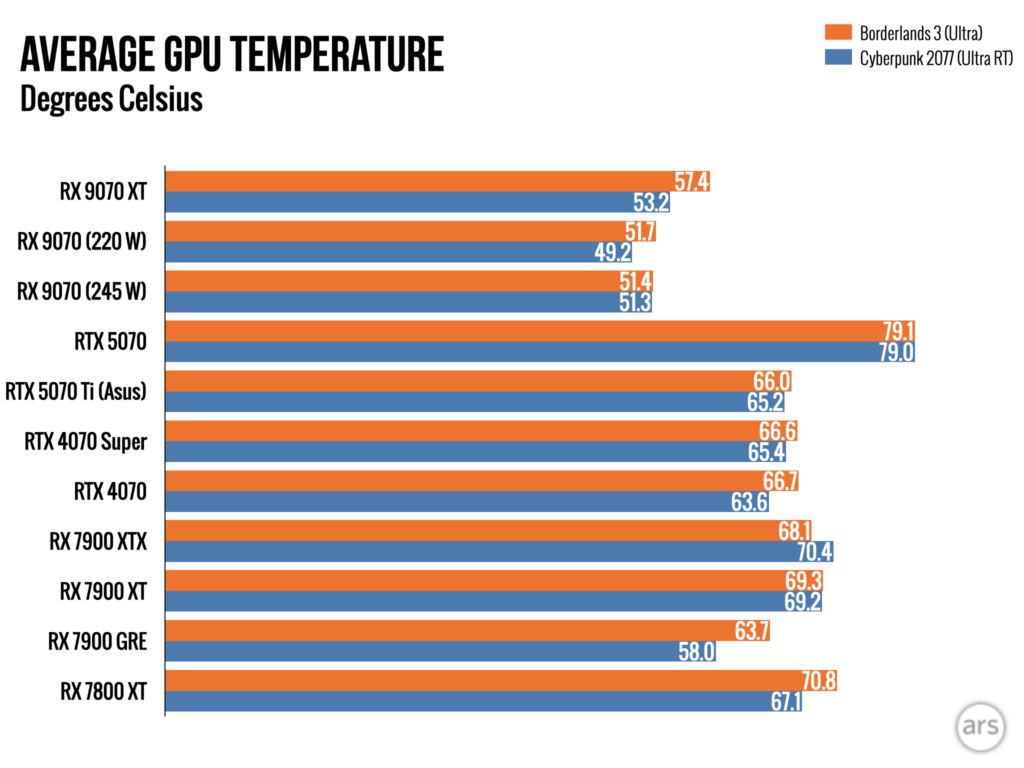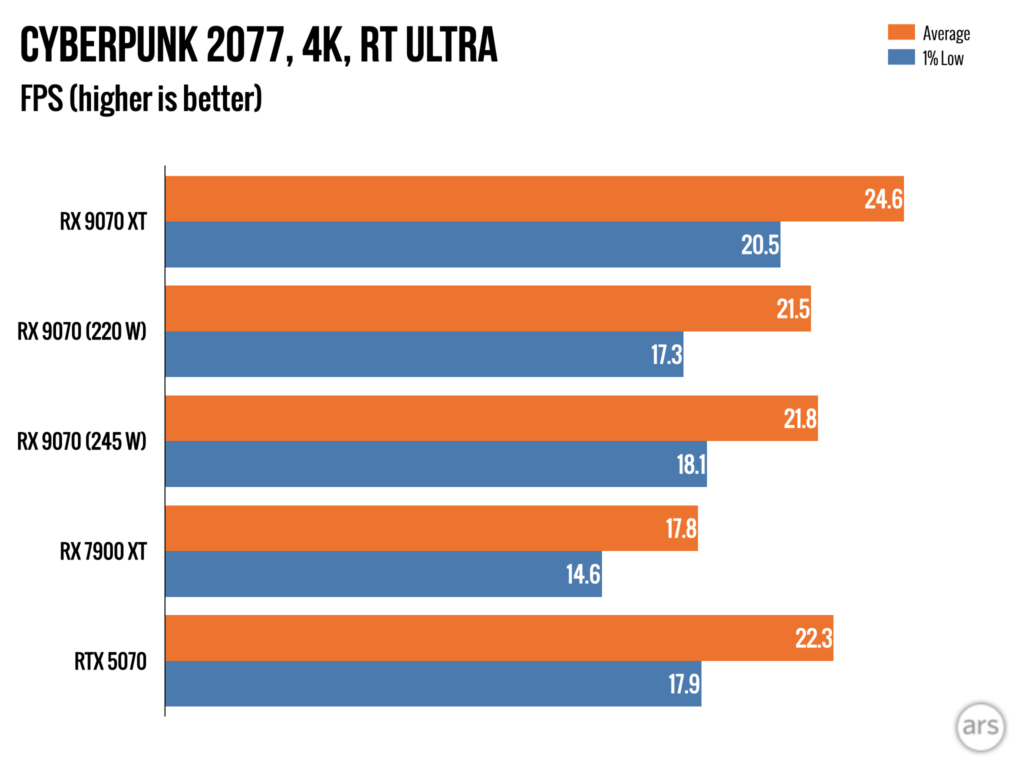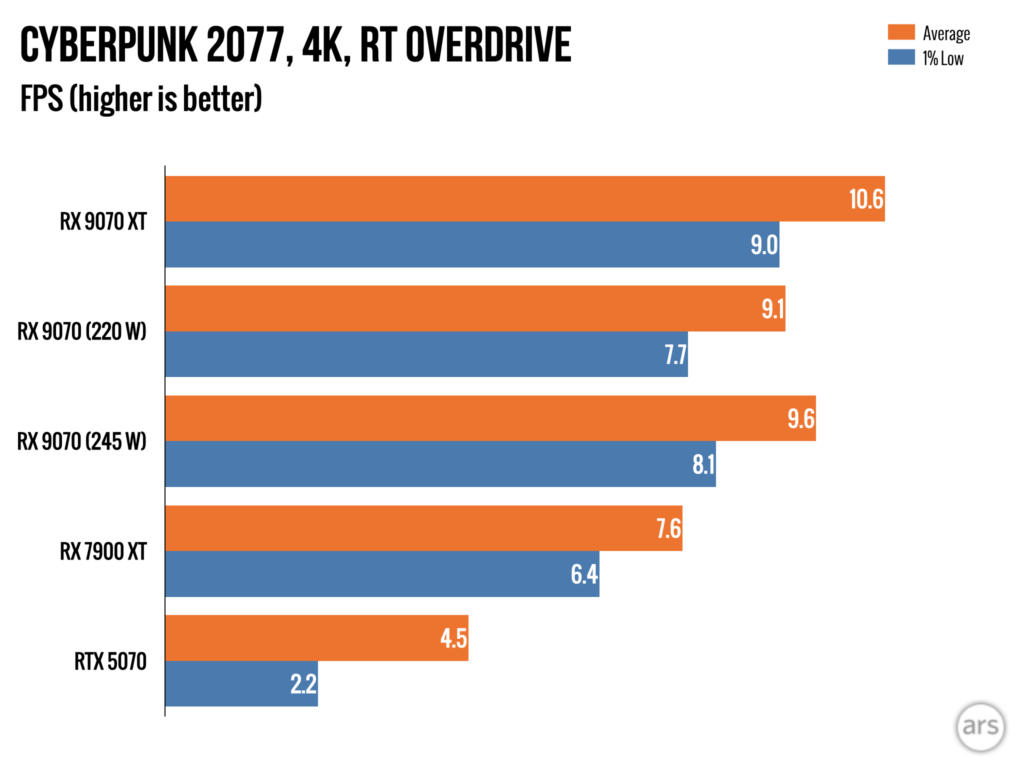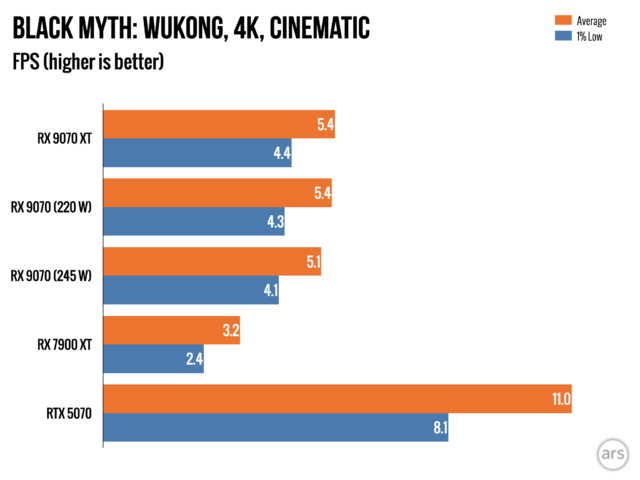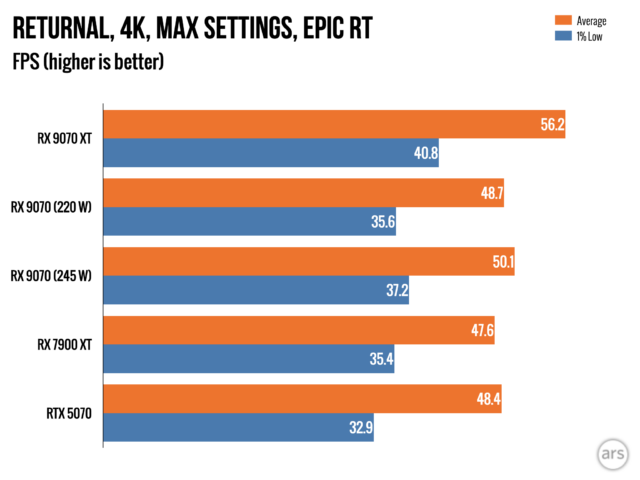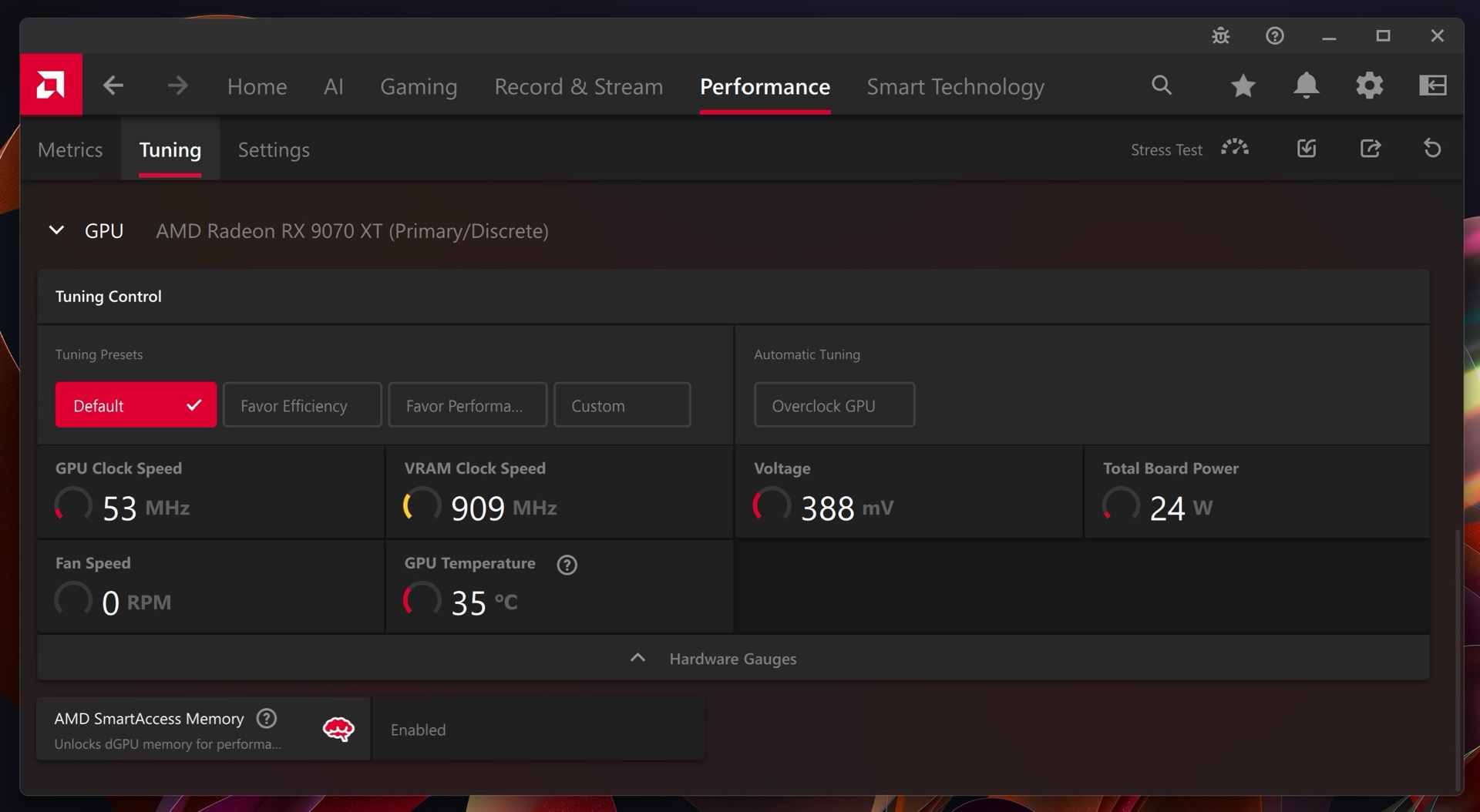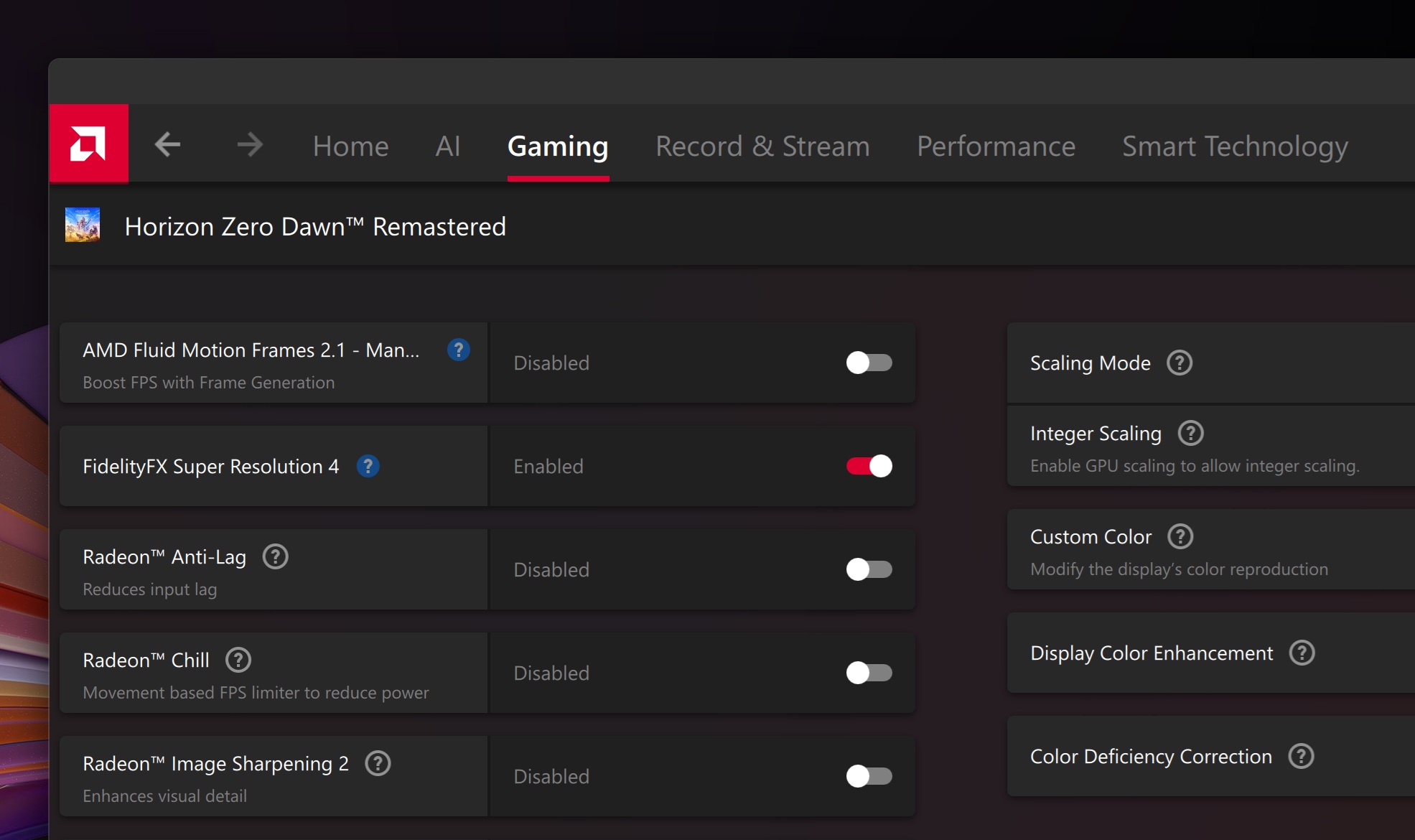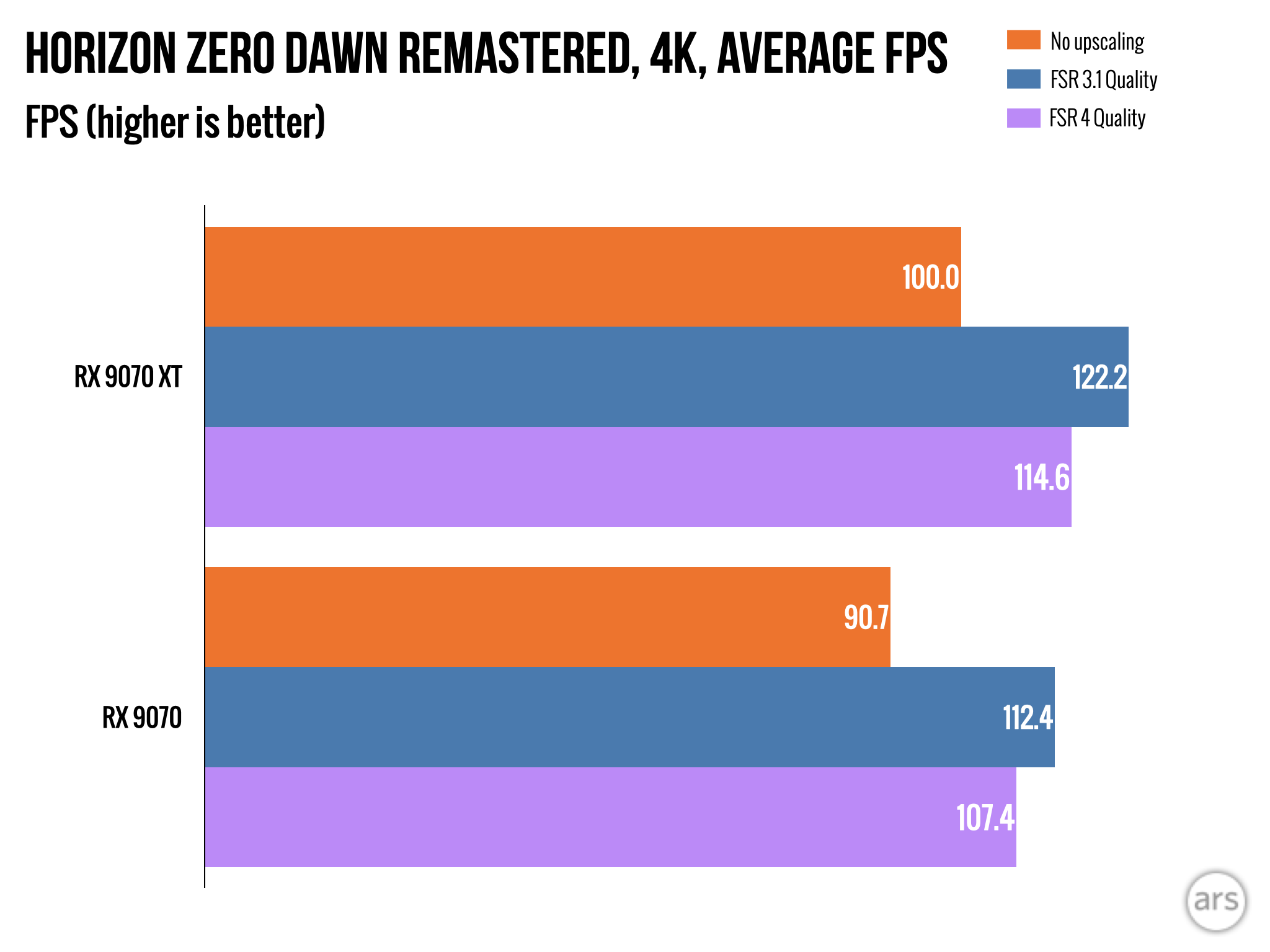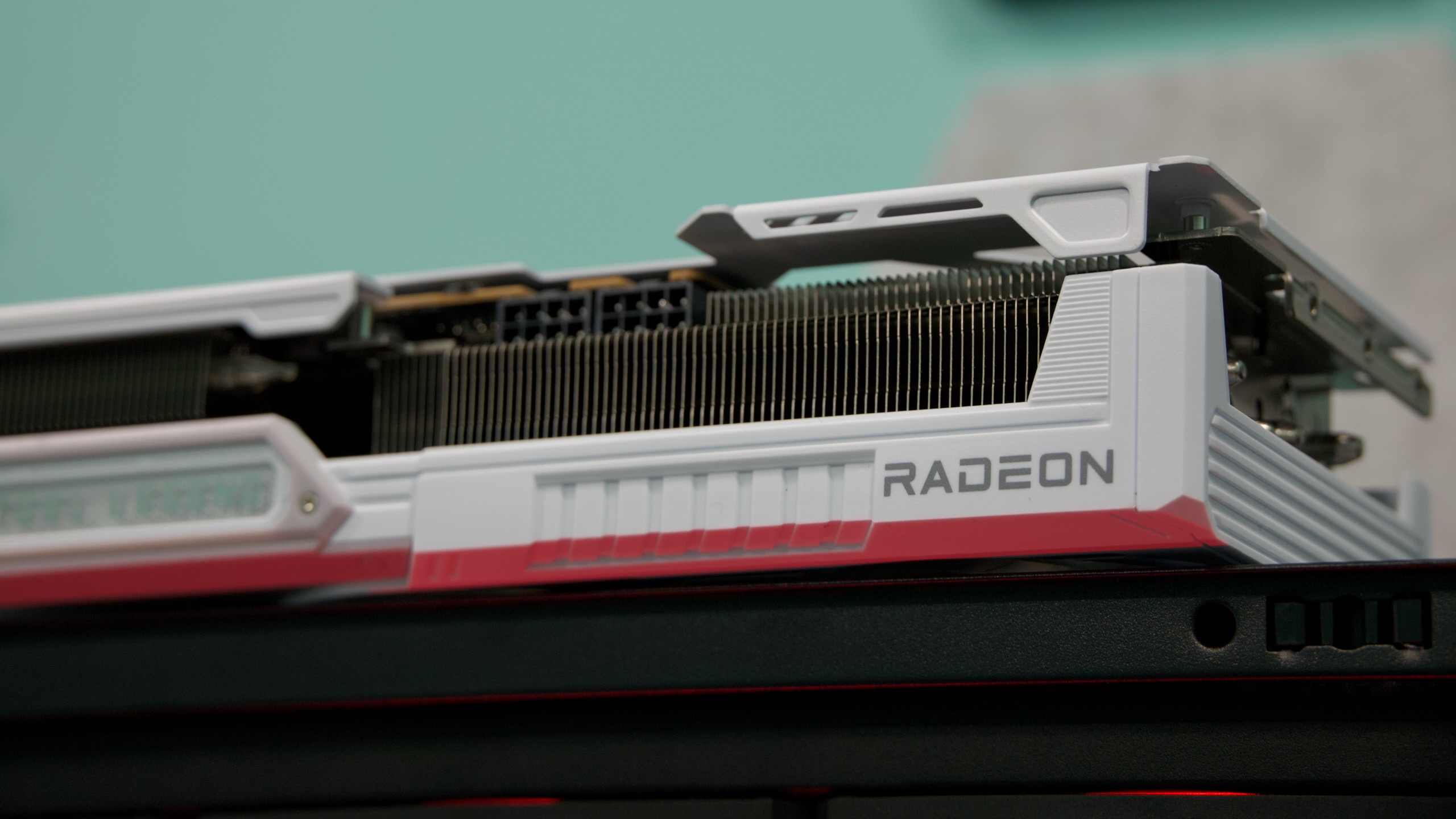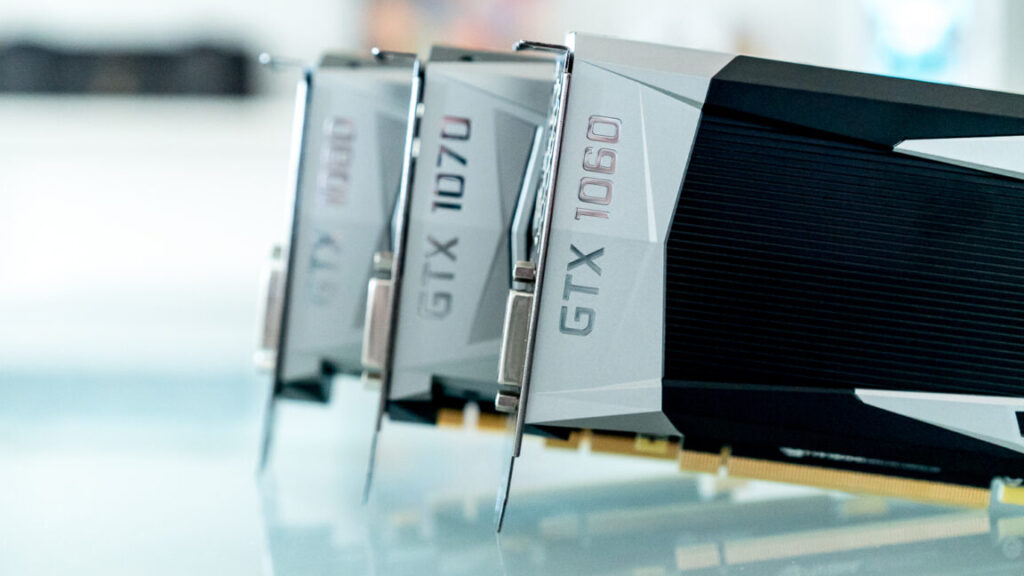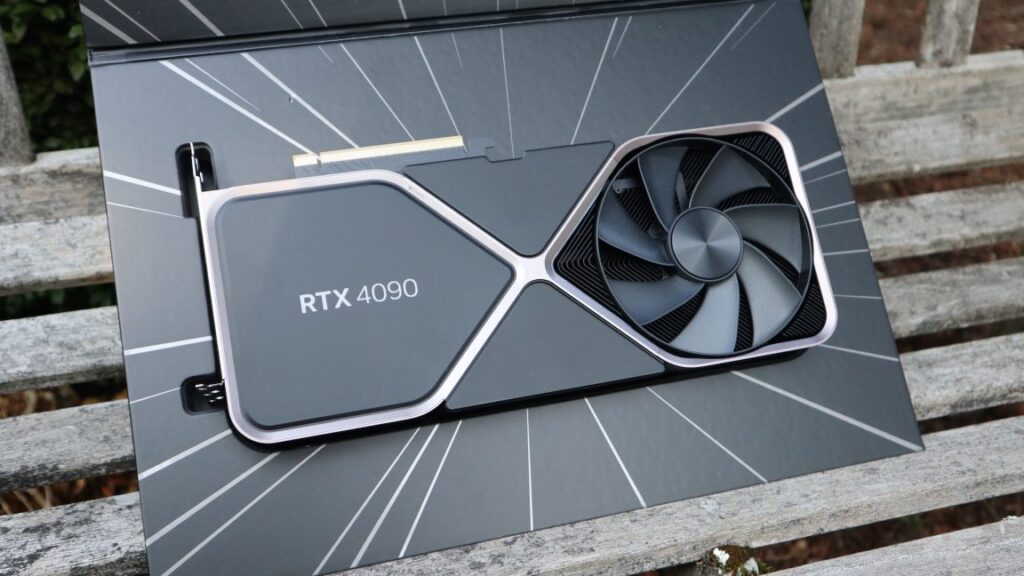Nvidia hits record $5 trillion mark as CEO dismisses AI bubble concerns
Partnerships and government contracts fuel optimism
At the GTC conference on Tuesday, Nvidia’s CEO went out of his way to repeatedly praise Donald Trump and his policies for accelerating domestic tech investment while warning that excluding China from Nvidia’s ecosystem could limit US access to half the world’s AI developers. The overall event stressed Nvidia’s role as an American company, with Huang even nodding to Trump’s signature slogan in his sign-off by thanking the audience for “making America great again.”
Trump’s cooperation is paramount for Nvidia because US export controls have effectively blocked Nvidia’s AI chips from China, costing the company billions of dollars in revenue. Bob O’Donnell of TECHnalysis Research told Reuters that “Nvidia clearly brought their story to DC to both educate and gain favor with the US government. They managed to hit most of the hottest and most influential topics in tech.”
Beyond the political messaging, Huang announced a series of partnerships and deals that apparently helped ease investor concerns about Nvidia’s future. The company announced collaborations with Uber Technologies, Palantir Technologies, and CrowdStrike Holdings, among others. Nvidia also revealed a $1 billion investment in Nokia to support the telecommunications company’s shift toward AI and 6G networking.
The agreement with Uber will power a fleet of 100,000 self-driving vehicles with Nvidia technology, with automaker Stellantis among the first to deliver the robotaxis. Palantir will pair Nvidia’s technology with its Ontology platform to use AI techniques for logistics insights, with Lowe’s as an early adopter. Eli Lilly plans to build what Nvidia described as the most powerful supercomputer owned and operated by a pharmaceutical company, relying on more than 1,000 Blackwell AI accelerator chips.
The $5 trillion valuation surpasses the total cryptocurrency market value and equals roughly half the size of the pan European Stoxx 600 equities index, Reuters notes. At current prices, Huang’s stake in Nvidia would be worth about $179.2 billion, making him the world’s eighth-richest person.
Nvidia hits record $5 trillion mark as CEO dismisses AI bubble concerns Read More »
